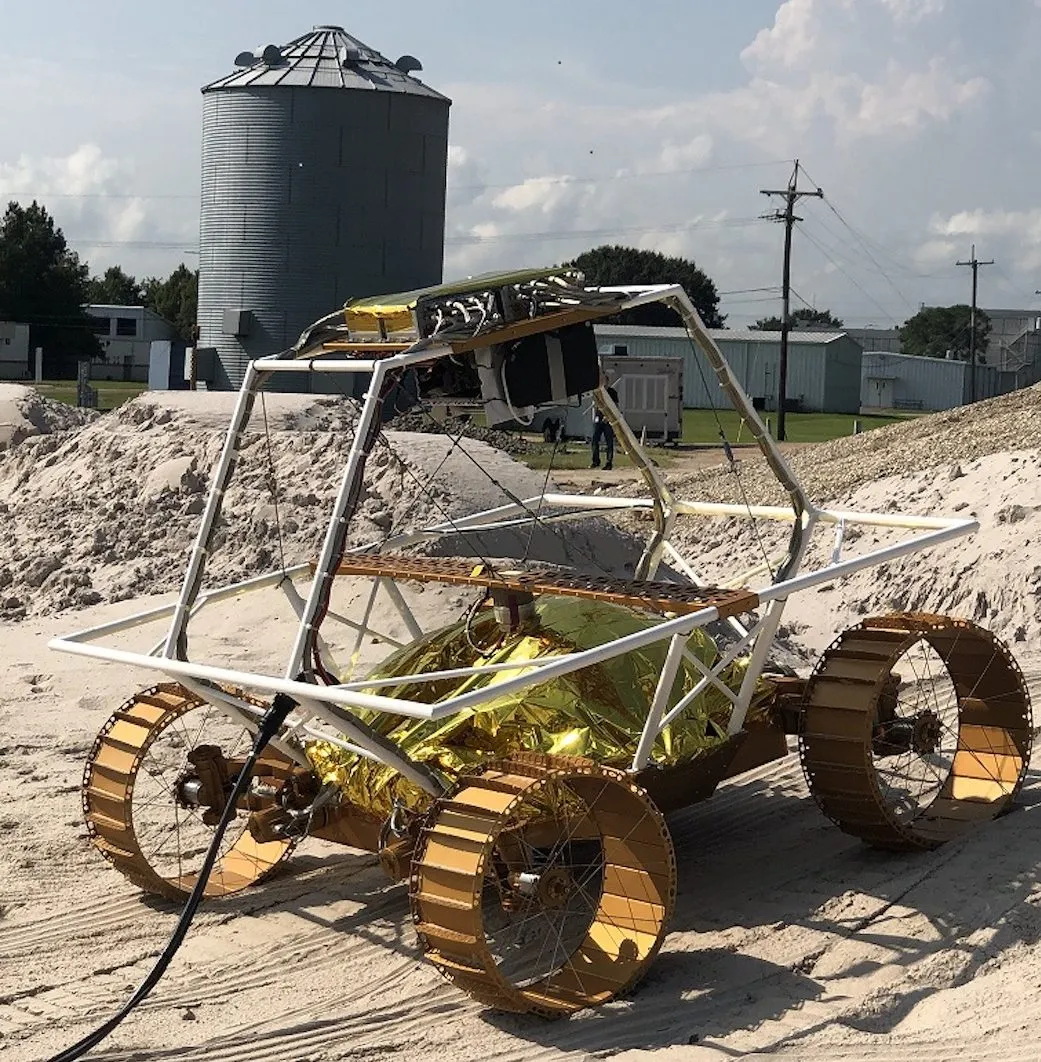NASA is to send a mobile robot – dubbed VIPER - to the Moon’s south pole to find where the highest concentrations of water ice are and how far beneath the surface they’re hiding.
Planned to touchdown on the lunar surface in December 2022, the Volatiles Investigating Polar Exploration Rover (VIPER) mission will be the first step in forming a global map of the Moon’s water resources and – ultimately - will inform future dreams of a permanent human settlement on the Moon.
Read more rover stories:
- Roving robots on Mars: interview with a NASA Opportunity scientist
- Science instruments installed on UK-built Mars rover Rosalind Franklin
- NASA’s Opportunity rover mission ends
Part of NASA’s Artemis crewed spaceflight program, the rover will roam several miles and use a 1-metre drill to take soil samples.
It will collect data on different kinds of soil environments, from those in complete darkness and occasional light to those in direct sunlight, detecting any ‘wet’ areas below the surface with its Neutron Spectrometer System, known as NSS.
Drill samples will be analysed by two instruments: the Mass Spectrometer Observing Lunar Operations, or MSolo, developed out of NASA’s Kennedy Space Center, and the Near InfraRed Volatiles Spectrometer System, known as NIRVSS, developed by Ames. VIPER’s mission is expected to last 100 days.

The lunar poles are frontrunners for harbouring water in significant concentrations because, thanks to the Moon’s tilt, they have areas that are permanently in shadow, thus preserving any ice.
There’s also the evidence from LCROSS, a rocket that NASA crashed into Cabeus crater near the Moon’s south pole in 2009. It confirmed the crater floor to be 5.6 per cent water ice by mass, about twice as wet as Sahara Desert soil.
The presence of water will be the cornerstone of all future plans for long-term Moon settlement, as well as for any onward missions tdeeper into space and other planets such as Mars.
“The key to living on the Moon is water – the same as here on Earth,” said Daniel Andrews, the project manager of the VIPER mission and director of engineering at NASA’s Ames Research Center.
“Since the confirmation of lunar water ice ten years ago, the question now is if the Moon could really contain the amount of resources we need to live off-world.
"This rover will help us answer the many questions we have about where the water is, and how much there is for us to use.”
